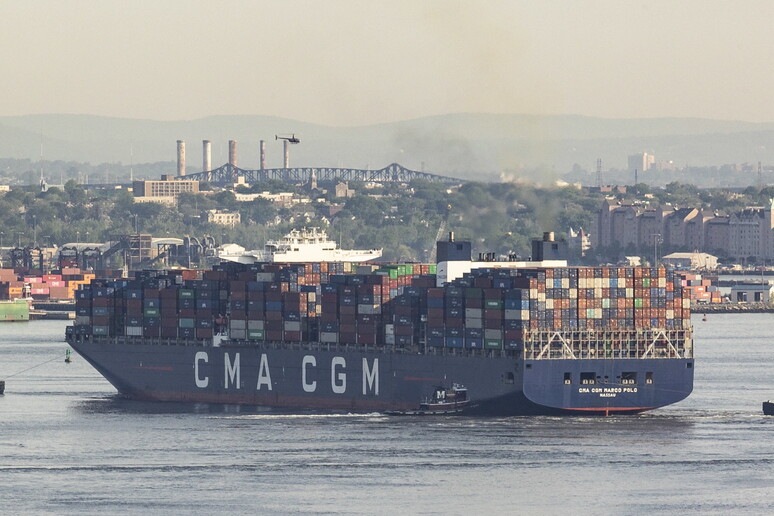According to Gene Seroka, executive director of the Port of Los Angeles, the recent agreement between the U.S. and China on reciprocal tariffs will not be enough to reverse the downward trend in imports, which have been falling sharply since President Trump launched the now notorious global tariffs.
Numbers at the Port of Los Angeles plummeted after companies stockpiled extra inventory earlier this year in anticipation of the new tariffs and have since suspended and canceled new orders. This drop in demand has led shipping companies to cancel dozens of sailings in the coming weeks.
Seroka said that imports into the port at the end of May will decrease by 25 percent compared to 2024, saying that the decision to temporarily reduce the basic tariff rate on Chinese imports from 145 percent to 30 percent is unlikely to lead to a sudden surge in cargo volume.
“Even at a 30% tariff with a 90-day reprieve, it’s not going to dramatically change what we’re seeing right now,” he told the Wall Street Journal. Seroka also explained that companies supplying essential goods such as healthcare products and sellers of Christmas items such as toys could take advantage of this moment to restock.
The National Retail Federation said some sellers may find short-term relief in the duty reduction as they stock up for the peak vacation season and subsequent back to school surge. According to Seroka, shipping companies may now rush to dispose of inventory in China that they had been waiting to send to the United States at the 30 percent rate.
However, “I don’t see all of the normal cargo coming back to the levels that we had witnessed in recent weeks and months,” he said. “Reason being, you’re not going to be frontloading at 30%.”
Shipping rates have remained relatively stable despite the trade turmoil. The average daily spot rate for shipping a 40-foot container from Asia to the U.S. West Coast was $2,321 for the week ended May 7, basically in line with the previous week.
Seroka said spot rates may increase as carriers shift their capacity back to shipping routes from China to the United States.












